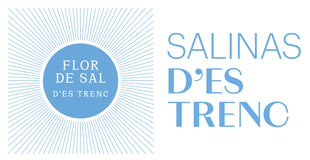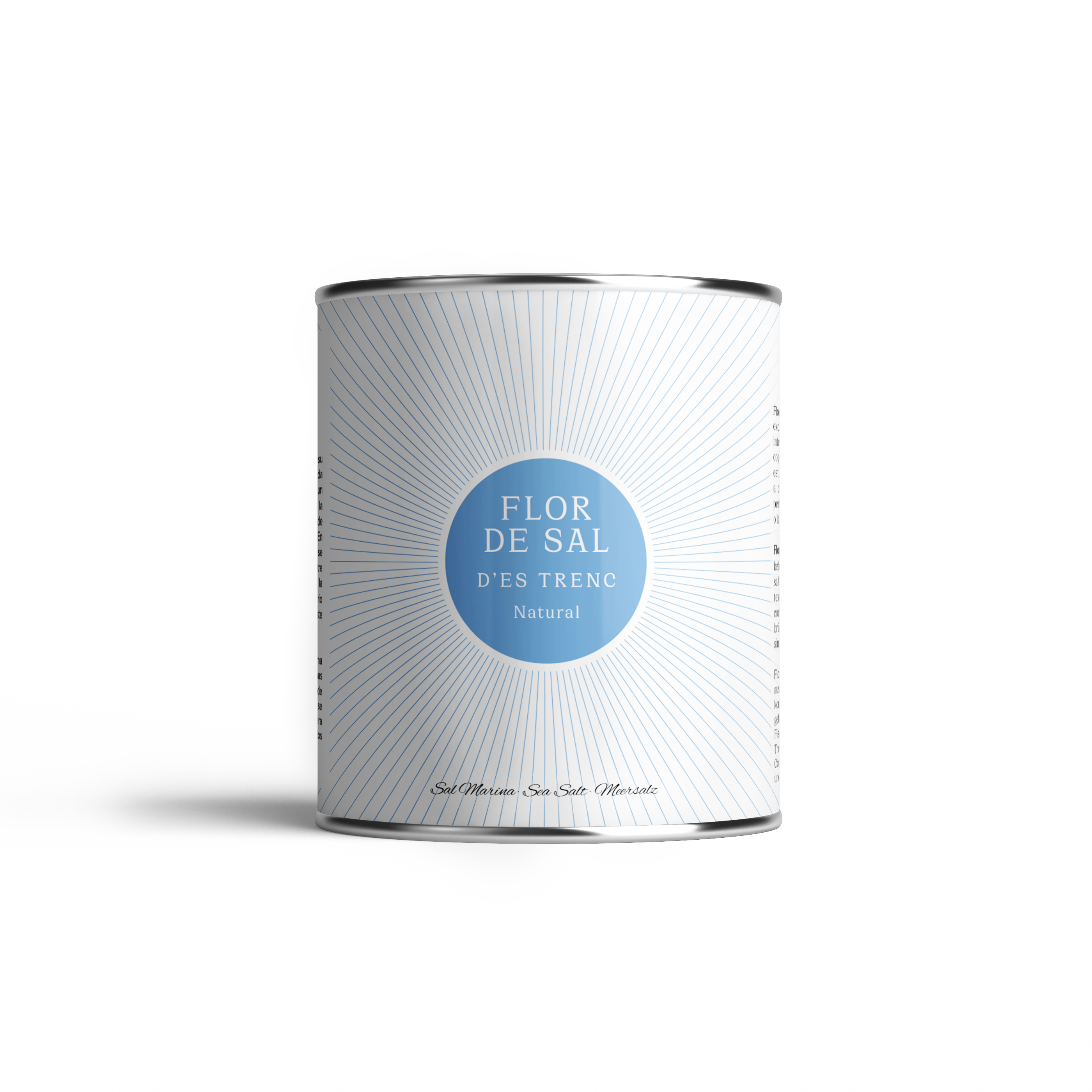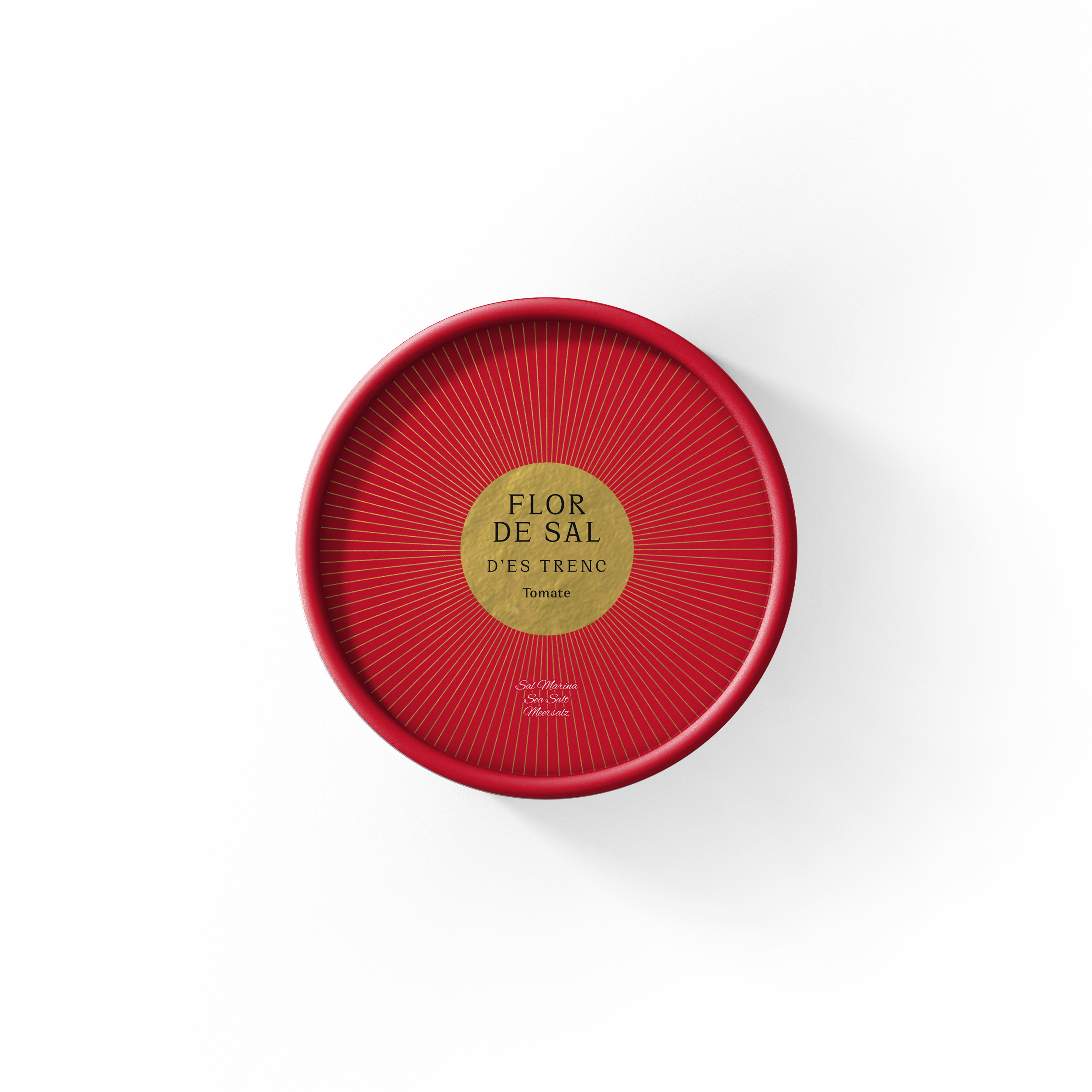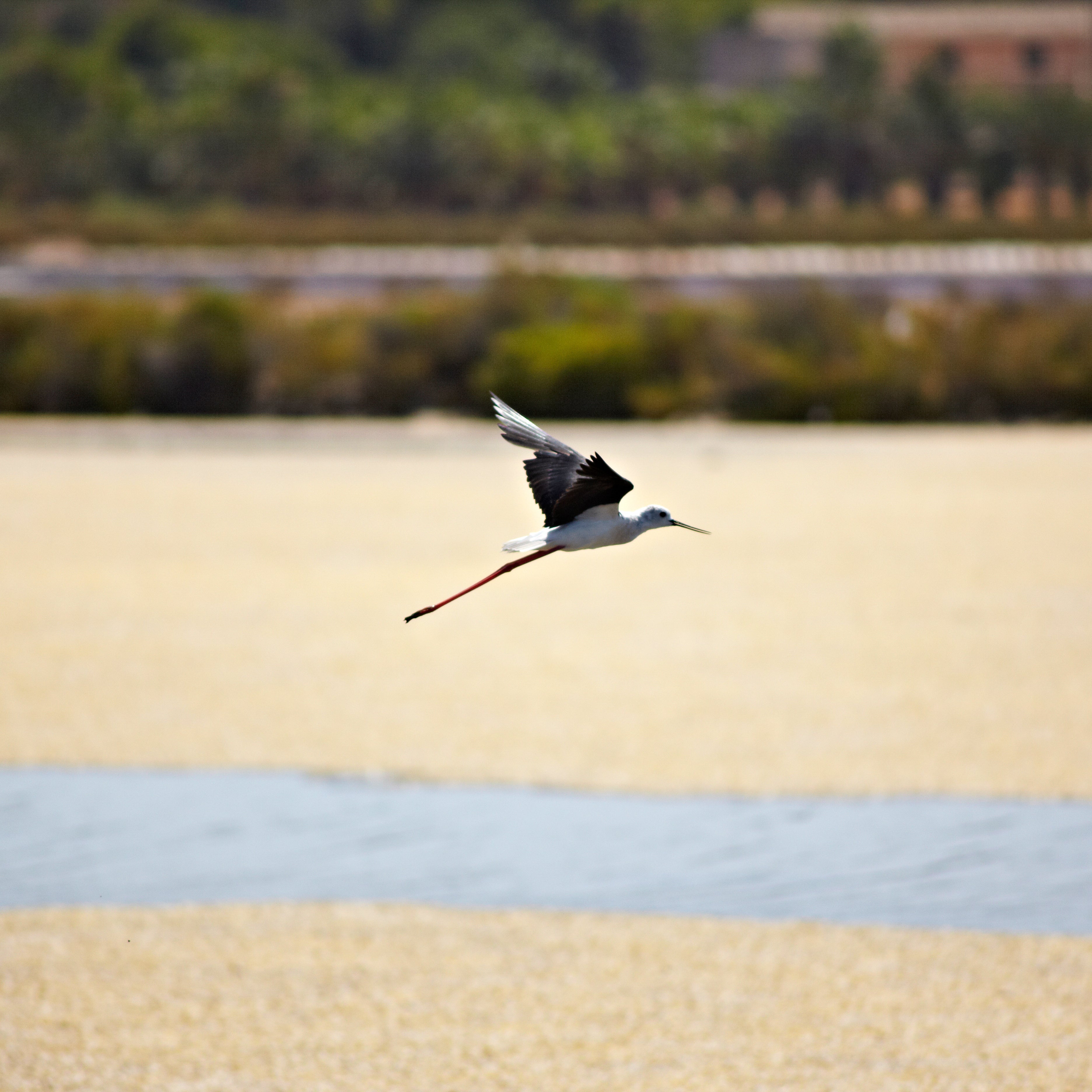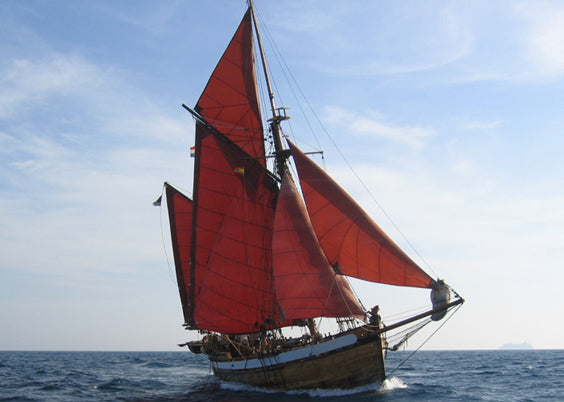Almost 25,000 water birds spend the winter in the wetlands of the Balearic Islands. This is according to the census of waterbirds and waders conducted on the islands in January 2021. It is part of the global international waterbird census coordinated by Wetlands International and arranged annually in winter. The count largely covers waterbirds, herons and waders, but also other wetland residents, such as some birds of prey and several species of gulls.

The Salinas d'Es Trenc are the ideal home for numerous bird species, some of which are even protected species. Salobrar de Campos, the second largest wetland on the island and home to the Salinas, has been declared the Es Trenc Salobrar de Campos Maritime-Terrestrial Natural Park thanks to its perfectly preserved, dynamic ecosystem - a very special habitat with an exceptional system of dune strips and vegetation that has adapted perfectly to the salinity of the soils.
The island's almost year-round mild climate, gentle sea breezes, relatively low humidity and sunlight on the wetlands mean that water evaporation occurs naturally. These special conditions create a unique ecological richness and a true paradise for birds. Es Trenc Salobrar de Campos Natural Park serves as both a resting and nesting place for a wide variety of wading birds and ducks, birds of prey such as ospreys, marsh harriers and birds from the Phonicopteridae family. One of the most conspicuous is the flamingo. It is one of a long-lived species that can live up to 80 years.
Flamingos are born with white and ash-grey plumage. After a few months of feeding on Artemia salina, a small crustacean that is very common in the ponds of the Salinas d'Es Trenc, their plumage takes on the pink colour so characteristic of these birds. It is hoped that this species will soon reproduce in the Salinas d'Es Trenc. For several seasons, work has been underway on the flamingo nesting project so that they can breed in this natural habitat.
